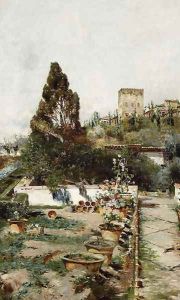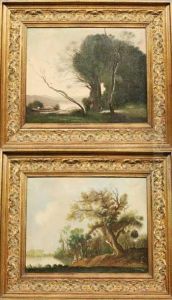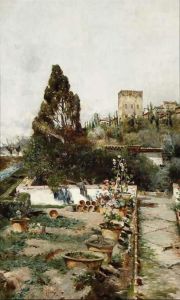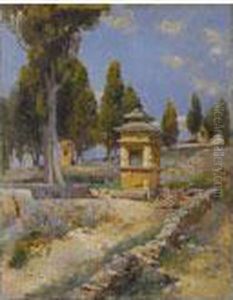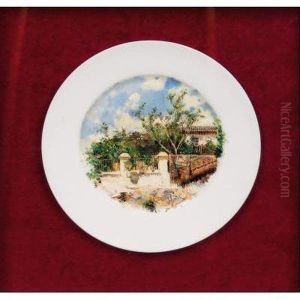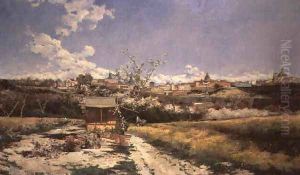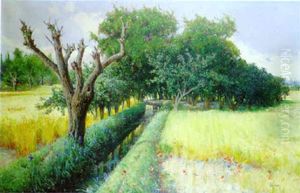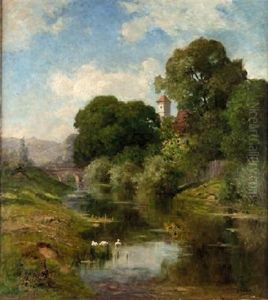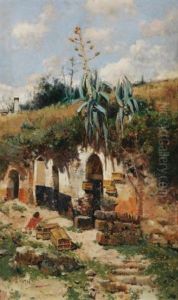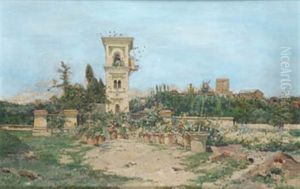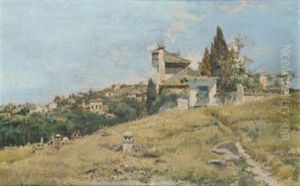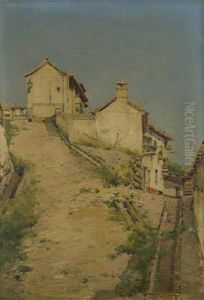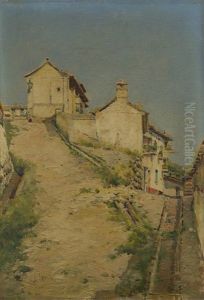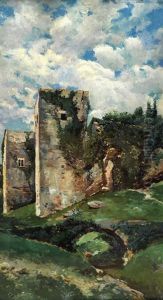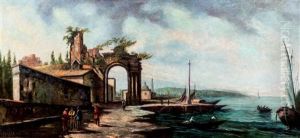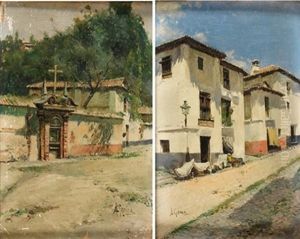Antonio Gomar y Gomar Paintings
Antonio Gomar y Gomar was a Spanish painter born in 1853 in Valencia, Spain. His life and career were deeply intertwined with the cultural and artistic movements of late 19th and early 20th century Spain, a period marked by a rich blend of traditionalism and modernism. Gomar y Gomar was part of a vibrant artistic community in Valencia, a city known for its strong traditions in painting and the arts. He developed his skills and artistic vision within this lively cultural milieu, which was deeply influenced by both historical Spanish art and the contemporary currents flowing through Europe at the time.
Gomar y Gomar's work is characterized by its versatility, encompassing a range of subjects from landscapes and seascapes to genre scenes and historical paintings. He was particularly noted for his ability to capture the light and atmosphere of the Mediterranean, a skill that endowed his landscapes and seascapes with a vivid, almost tangible quality. His genre scenes, often depicting everyday life in Spain, are marked by a keen observation of detail and a deep empathy for his subjects, reflecting the social realities and cultural traditions of his time.
Throughout his career, Antonio Gomar y Gomar received considerable acclaim, both in Spain and internationally. He participated in numerous exhibitions, winning awards and recognition for his contributions to Spanish art. His works were sought after by collectors and admired by contemporaries, contributing to the broader appreciation of Spanish art on the international stage. Despite his success, Gomar y Gomar remained deeply connected to Valencia, drawing inspiration from its landscapes, people, and traditions throughout his life.
Antonio Gomar y Gomar passed away in 1911. His legacy is preserved in the collections of several Spanish museums and institutions, as well as in the continued appreciation of his work by art historians and collectors. His contribution to the development of Spanish art, particularly in the realms of landscape and genre painting, remains significant, reflecting the richness of Spain's cultural heritage and the dynamic artistic movements of his time.

